Curious as to what advantages 3rd and 4th order crossovers have on tweeters? Just trying to learn and understand. Thanks.
A crossover filter has a "pass" range of frequencies and a "reject" (or stop) range of frequencies. The higher the filter order the faster the attenuation grows as you move from the passband into the stopband. Higher orders crossover filters keep more of the unwanted frequencies out of the passband.
This sort of discussion might start with the SEAS Njord loudspeaker.
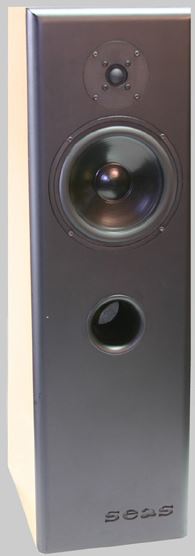
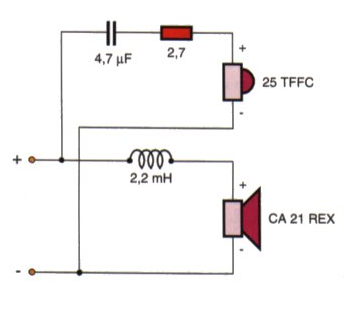
I'd call that cheap and cheerful. Probably sounds reasonable, but can be improved. Wise old owls would add some impedance correction to both drivers for a cleaner sound. But still keep it around what is called 12dB/octave or LR2. Tweeters have an annoying resonance between 500Hz and 1.5 kHz that causes problems. Called Fs resonance. You can see the bump on most tweeters.
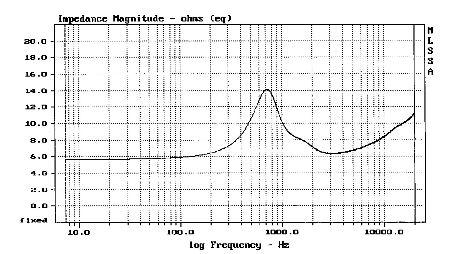
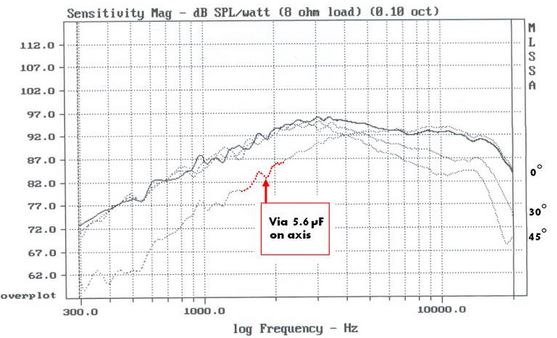
A 4th order filter looks like this:
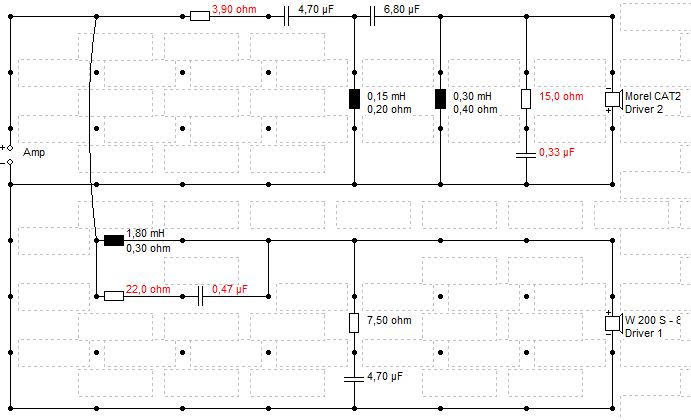
Much steeper separation on the tweeter:
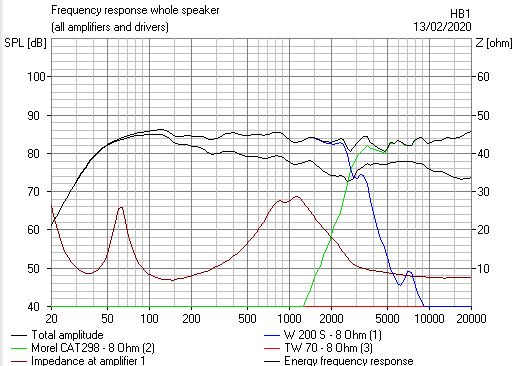
I don't mind well-implemented First order filters, but a good third order is hard to improve:
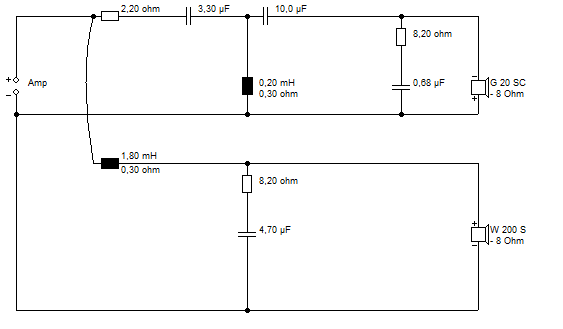
Probably good enough.
I'd call that cheap and cheerful. Probably sounds reasonable, but can be improved. Wise old owls would add some impedance correction to both drivers for a cleaner sound. But still keep it around what is called 12dB/octave or LR2. Tweeters have an annoying resonance between 500Hz and 1.5 kHz that causes problems. Called Fs resonance. You can see the bump on most tweeters.
A 4th order filter looks like this:
Much steeper separation on the tweeter:
I don't mind well-implemented First order filters, but a good third order is hard to improve:
Probably good enough.